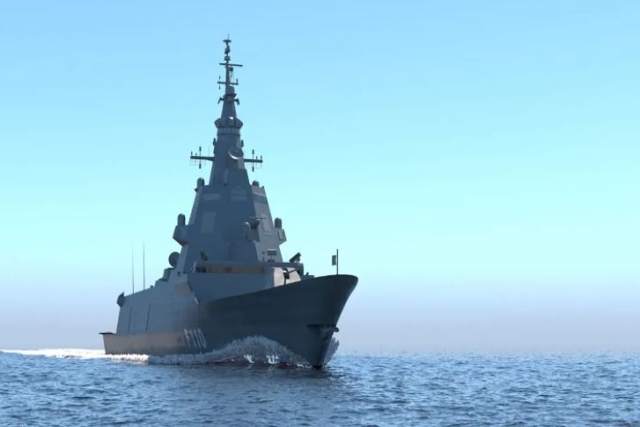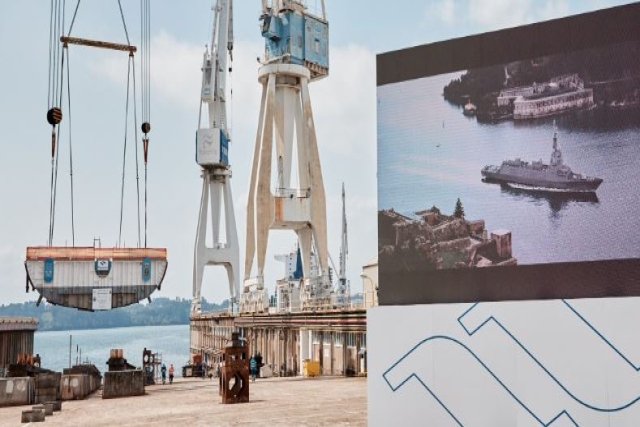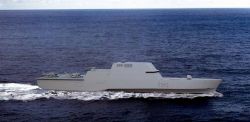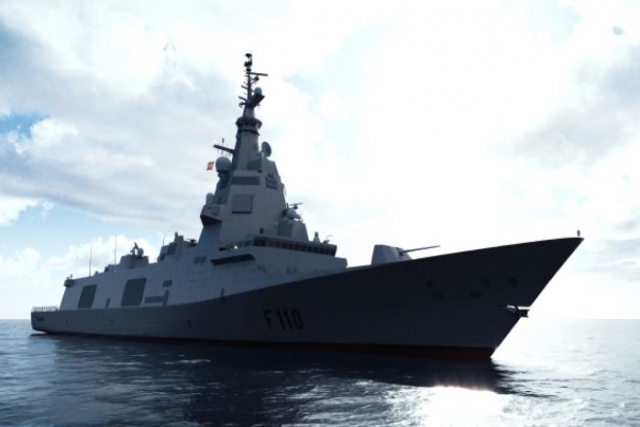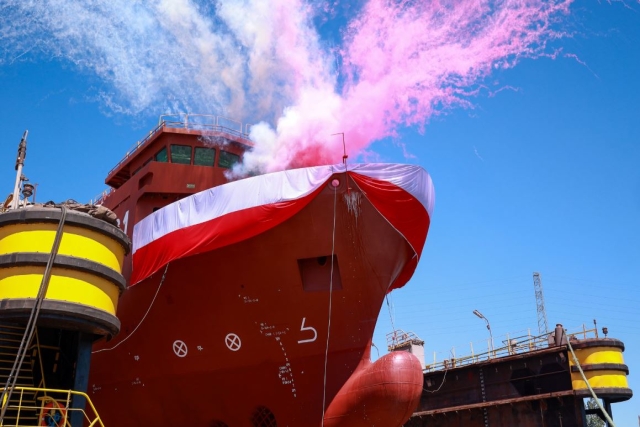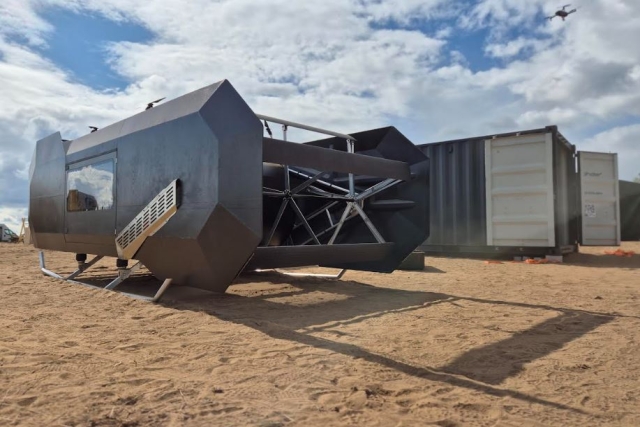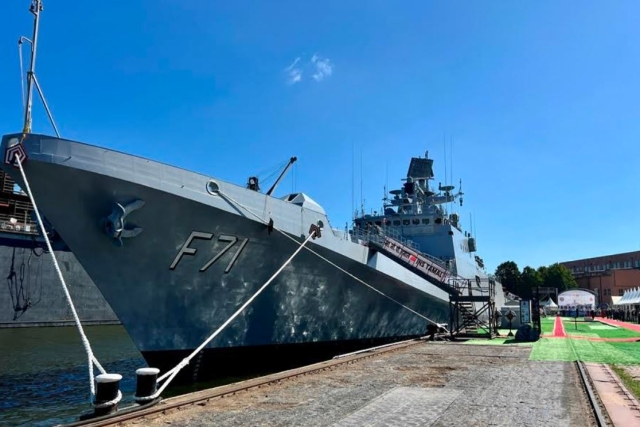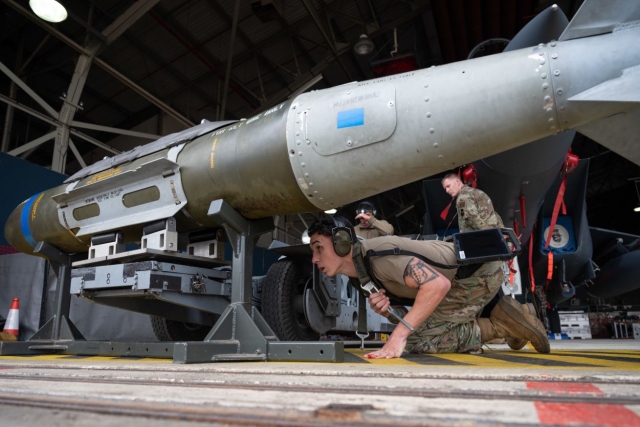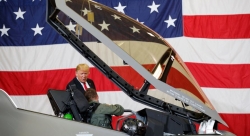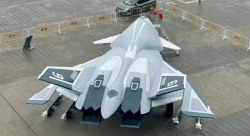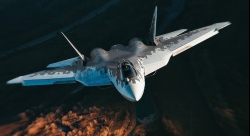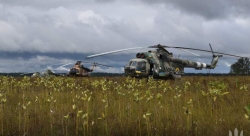Spain Advances F110 Frigate Program with F113 Build Start, F112 Keel Laid
The €4.325 billion F110 program, approved in 2019, will deliver five escort frigates with air, surface, and sub-surface warfare capabilities.
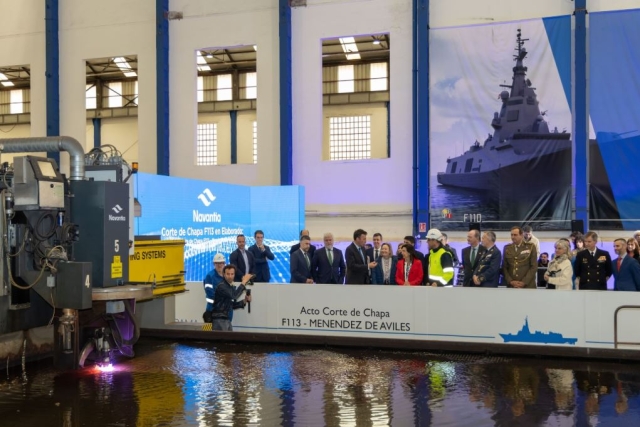
Navantia’s shipyard in Ferrol, A Coruña, marked two milestones in the Spanish Navy’s F110 frigate program last Friday, with the start of construction on the third ship in the series, F113 ‘Menéndez de Avilés,’ and the keel laying of the second ship, F112 ‘Roger de Lauria.’
Both events were held ahead of schedule—three months early for the F113 construction and seven months early for the F112 keel laying.
The F113 is being built using a robotic welding cell, part of the Innovation and Robotics Center at Navantia. This industrial R&D initiative is designed to automate key parts of the construction process using artificial vision and flexible programming, with the goal of reducing build times and enhancing welding precision.
Navantia is also preparing to roll out a new Digital Block Factory in 2026, which will support production starting with blocks for the F113.
The keel of the F112, the second frigate in the five-ship series, was laid using Block 212—on which the rest of the vessel will be constructed. The ship is scheduled for launch in 2026. The milestone took place beside the F111 ‘Ramon Bonifaz,’ the first of the series, which is now over 85% assembled and is nearing launch.
The F110 program, approved in 2019 with a total budget of €4.325 billion, will deliver five multi-mission escort frigates with air, surface, and sub-surface warfare capabilities. These ships are also designed for maritime security roles and support to civil authorities.
A major innovation in the F110 series is the integration of a “Digital Twin”—a virtual, real-time replica of the ship that uses sensors, cloud computing, machine learning, and IoT technologies. This system will allow remote monitoring and support, offering operational and maintenance benefits over the ship’s lifecycle.
It was designed in collaboration with the Spanish Navy and the Ministry of Defense’s Directorate General of Armament and Material (DGAM).
F110 frigates are being constructed as a replacement for the Navy’s Santa Maria-class frigates. These frigates will be fitted with the Aegis combat system integrating a new solid-state S-band radar by Indra. Lockheed Martin and Indra have been collaborating since 2009 to develop an S-band solid state radar for Spain’s F-110 Frigate Program.
Known as the Bonifaz-class, these frigates will feature:
- A sonar suite by Thales (BlueMaster UMS 4110 and CAPTAS 4 Compact sonars, the TUUM-6 underwater communication system, and the BlueScan digital acoustic system)
- The SCOMBA combat system by Navantia
- The S-band variant of Lockheed Martin’s SPY-7 radar
- Leonardo 127mm 127/64 LW main gun
- Raytheon’s Evolved SeaSparrow Missile (ESSM) Block 2 missile
- Rohde & Schwarz external communications systems
- GMV’ SENDA navigation system
- Propeller systems by Kongsberg Maritime
